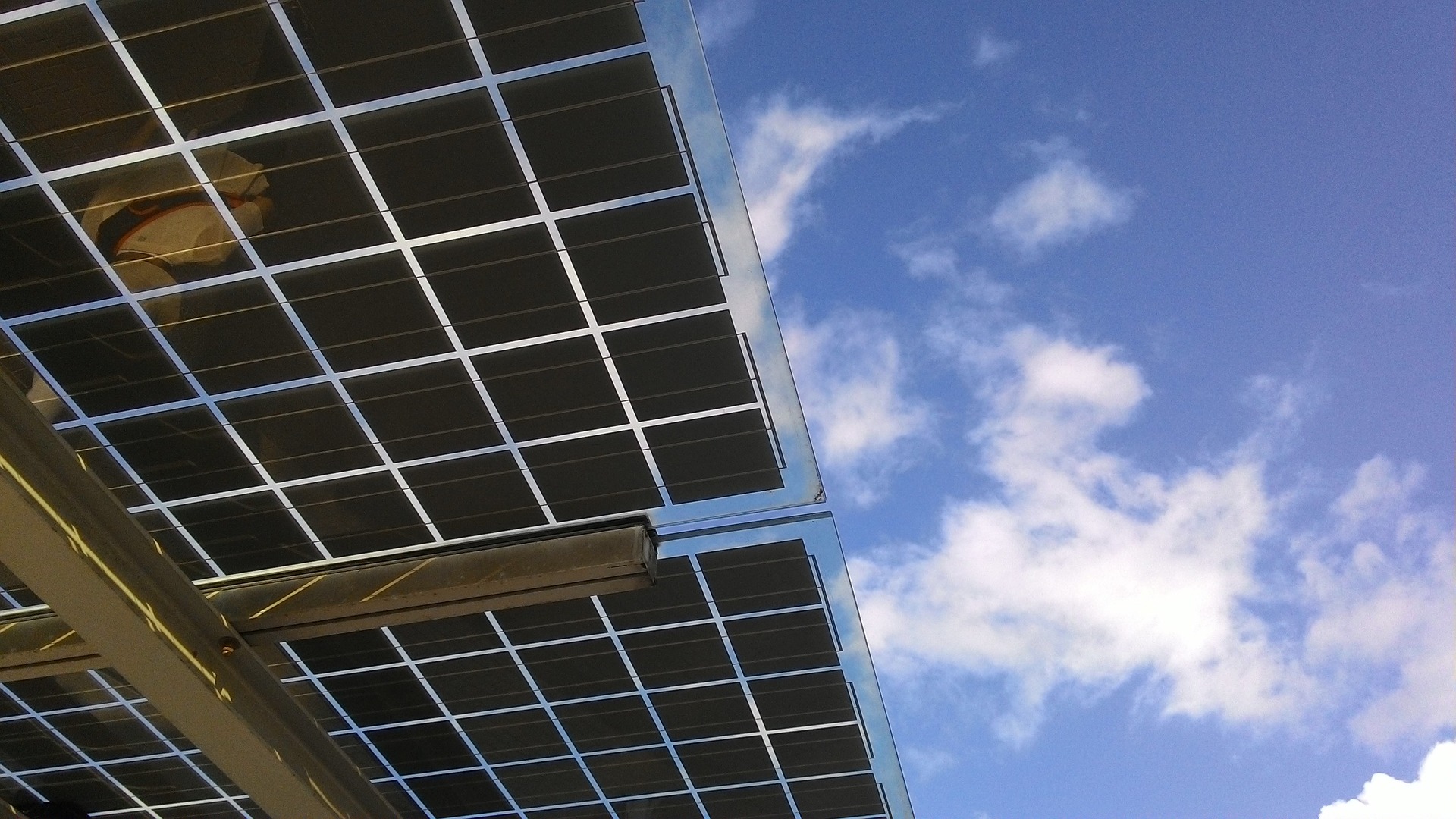By Zoe Sullivan.
Andrew McAllister leads energy-efficiency solutions for California’s Energy Commission. The urgency of his work became even more apparent earlier this month, with the report from the Intergovernmental Panel on Climate Change(IPCC) issuing a dire call to action: humanity has roughly 10 years to slash greenhouse gas emissions if it is going to stave off a 1.5 degrees Celsius — 2.7 degrees Fahrenheit — temperature increase by 2050.
The IPCC’s greenhouse gas emission reduction targets are steep — humans must reduce greenhouse gas emissions by 45 percent within the next 12 years while also hitting a target of zero net emissions by 2075. No one means of reduction will be enough. Reducing automobile emissions, or emissions from food production, especially meat — these are just some of ways to help meet those kinds of targets.
For McAllister, one means of reducing emissions is top of mind, a means that has the added benefits of boosting incomes for some low-income households and creating tens of thousands of new jobs: funding energy-efficiency improvements for multi-family rental properties across California.
“Multi-family is a large piece of our overall housing in the state, and it’s disproportionately low-income,” McAllister says. “It’s a big lift, no doubt. We are talking significant resources.”
But McAllister acknowledges that, so far, the state has merely “scratched the surface” of the energy-efficiency modifications that could be done to rental properties. These homes, he says, represent “a large part of the energy-efficiency solution that we cannot afford, in the long-term, to ignore.”
[divider] [/divider]





